PoE Solutions in Telecommunications
According to Deloitte, 2023 is a year of transition for the telecommunications industry. Customers enjoy the convenience of bundling services such as mobile and internet. However, bundling can narrow profit margins. Although 28% of consumers want to keep providers separate, companies need to consider partnering with others in the telecom industry to deliver a growing array of technologies while maintaining affordability.
Beyond shifting market dynamics, the telecom industry faces technical challenges as 5G, fiber, and edge computing become mainstream. The growing demand for fast, reliable connectivity comes at a time when corporate environmental responsibilities are under increasing scrutiny. With such complexities looming over the telecommunications industry, Power over Ethernet (PoE) solutions may offer some much-needed relief.
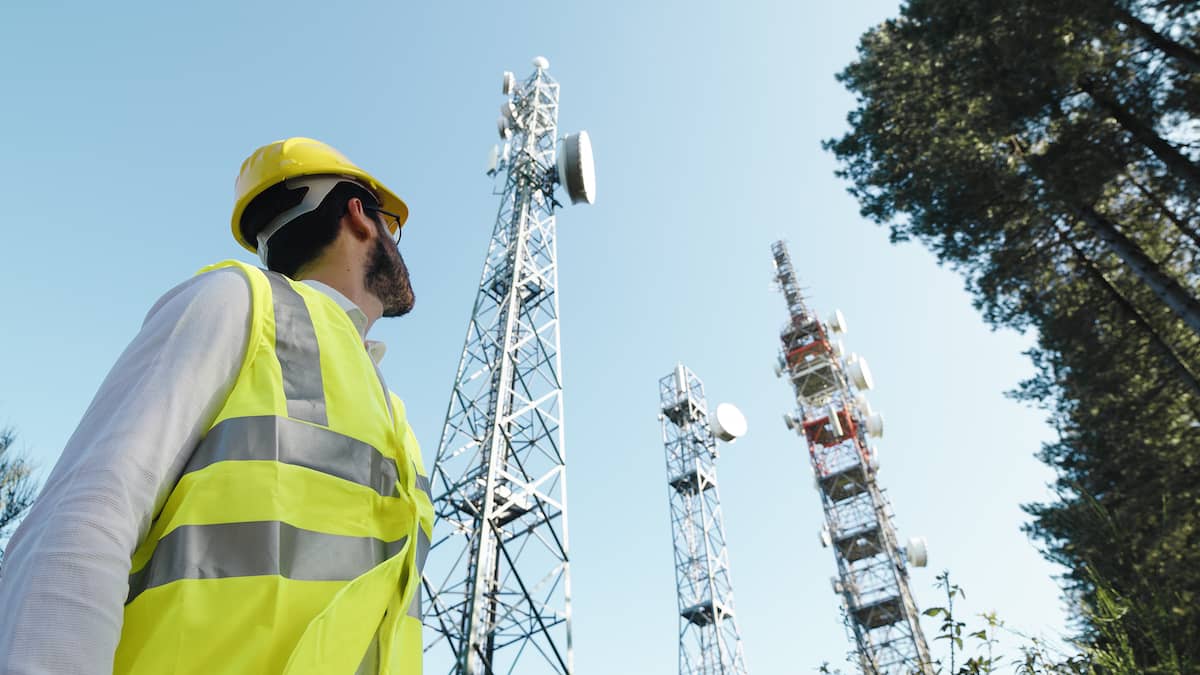
Why Are PoE Solutions in Telecommunications Important?
The US Library of Congress defines telecommunications as wired and wireless connectivity that allows senders and receivers to exchange information from a distance. This exchange can include cable and satellite transmissions, internet access, radar, and satellite signals. Tying these communication technologies together in a cost-effective way can help meet customer demands without impacting company bottom lines.
What is PoE?
PoE refers to a standard that allows Ethernet cables to transmit data and power simultaneously using a single network cable. The Institute of Electrical and Electronics Engineers sets these standards, including IEEE 802.3af, 802.3at, and 802.3bt. PoE delivers up to 1000 Mbps of data and up to 90W of power over Cat 5 and 6 Ethernet cables, although newer standards are already being developed to increase PoE capabilities.
Simple Infrastructures
Combining power and data in a single cable reduces the length of wires and cables that must be installed and maintained. It also minimizes architecture complexity because data-collecting devices do not need a separate power source. Placing an essential sensor in a hard-to-reach location can require convoluted wiring, increasing a system’s footprint.
Agile Deployments
Less wiring means faster deployments. Organizations can move forward without waiting for a certified electrician to install added wires and circuitry. With PoE, new devices can be added or existing ones relocated through PoE components such as switches and injectors. Telecommunications providers can be more responsive to customer needs with PoE technology.
Reduced Costs
Deploying PoE devices eliminates the costly expense of hiring electricians to install additional wiring. Simpler infrastructures make monitoring easier and troubleshooting faster. More uptime means improved profitability, as a minute of downtime can cost a small business $427 and a larger enterprise $9,000. Because “bundling” services can erode profit margins, less downtime enhances customer satisfaction and enables providers to meet service level agreement (SLA) performance standards.

What Components Comprise a PoE Infrastructure?
Equipment requirements for a PoE infrastructure depend on several factors:
- Distance between sending and receiving devices.
- Existence of non-PoE devices.
- Copper and fiber optic connections.
Although the maximum distance for PoE devices is 100 meters or 328 feet, the length can be increased using PoE extenders. PoE injectors enable non-PoE devices to connect to a PoE network, and media converters allow copper and fiber connections to co-exist on the same network. The following components may be part of a PoE infrastructure.
PoE Switches
Unlike typical Ethernet switches, PoE switches transmit data and provide electrical power to PoE-enabled devices. Switches can control power distribution for optimal energy use. With centralized power distribution, organizations will have improved monitoring capabilities for managing larger networks.
PoE Injectors
Not every network can be 100% PoE compliant. For infrastructures with Ethernet switches and non-compliant PoE devices, PoE injectors can be used to add power to an Ethernet cable. These injectors enable existing components to receive data, voice, and power through a network cable, allowing businesses to gradually migrate to a PoE-compliant infrastructure.
PoE Extenders
PoE extenders stretch the distance PoE-enabled devices can reliably transmit data and power. These devices extend the reach of standard Ethernet cables beyond 328 feet. Extenders allow organizations to widen their networks without loss of data or power strength.
PoE Splitters
Splitters divide PoE input into data and power so they can be routed to the appropriate connections on a non-PoE device. Splitters allow PoE networks to support non-PoE devices without added wiring or power sources. This capability helps organizations upgrade legacy systems to use PoE technology without needing to replace their existing non-PoE components.
PoE Devices
The list of PoE-powered devices is extensive. They can range from simple sensors to complex camera systems. A few of these devices include:
- LED Lights
- PTZ Cameras
- VoIP Phones
- IP Cameras
- Digital Signage
The number of devices continues to grow as the capabilities of PoE technology advance.
Power Sourcing Equipment (PSE)
PSEs provide power to other devices using PoE technology. This includes injectors or switches that add power to an Ethernet cable. Media converters enable Ethernet cables to connect to fiber-optic networks and extend PoE-fueled networks. These converters can extend fiber connections by up to two kilometers. As more fiber is deployed, converters enable a smooth transition from twisted pairs to optical fiber.
Ethernet Cables
Ethernet cables are available in multiple categories, ranging from Cat 1 through Cat 8. However, Cat 1 through Cat 4 are rarely used. For today’s data requirements, most organizations use the following types of Ethernet cables:
- Cat 5. Supports 10 MHz and 100 Mbps.
- Cat 5e. Supports up to 1000 Mbps and 100 MHz.
- Cat 6. Supports up to 10 Gbps and 250 MHz.
- Cat 6a. Supports 500 MHz while delivering data speeds of up to 10 Gbps.
- Cat 7. Supports 600 MHz and between 40 and 100 Gbps depending on the distance.
- Cat 8. Supports 2 GHz and 25 to 40 Gbps.
Cables may be certified for specific uses. All cables and PoE components should adhere to IEEE 802.3 standards.
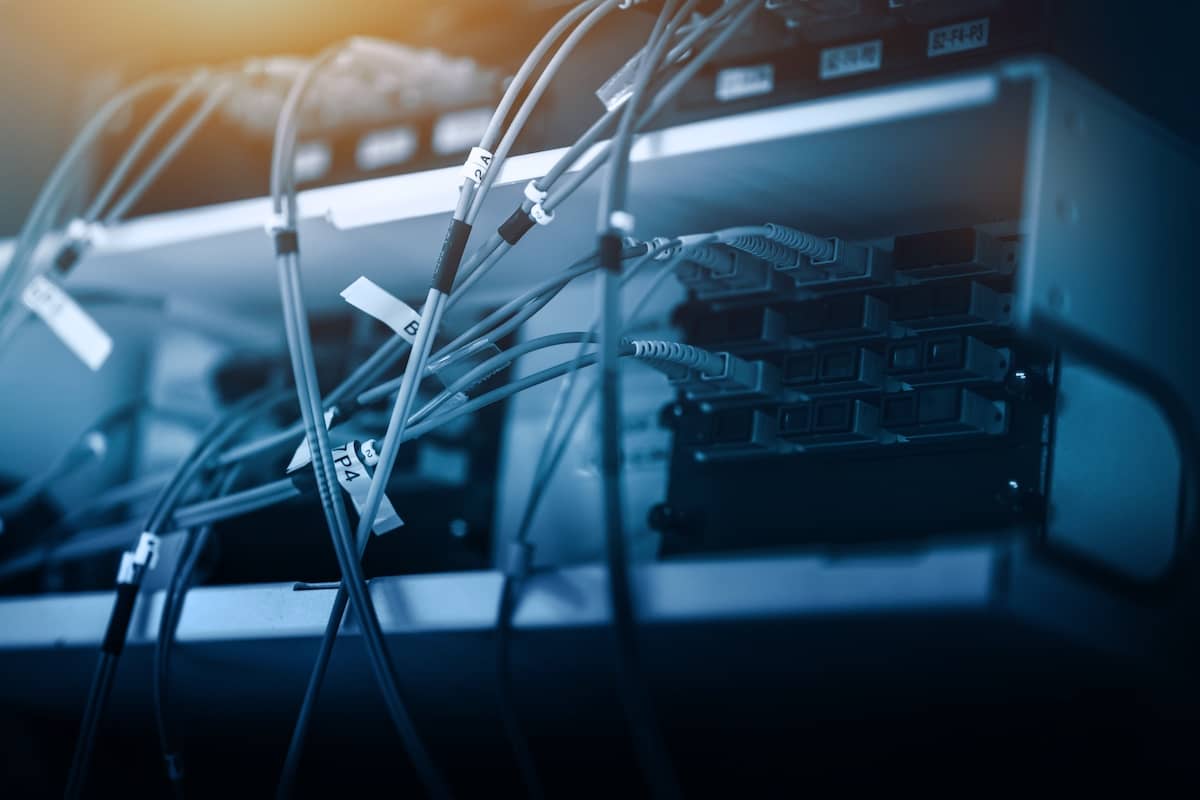
How Are PoE Solutions in Telecommunications Deployed?
The use cases for PoE solutions in telecommunications can be as complex as a multi-story security system or as simple as a single camera installed over a building entrance. Because IEEE 802.3 standards are backward compatible, businesses can leverage existing PoE installations and expand their infrastructure to meet changes in market demands. The following are some possible uses for PoE solutions in the telecommunications industry.
IP Phones and Communication Devices
VoIP phones require an internet connection and a power source. The flexibility of IP phones becomes a moot point when a separate power source is required. Devices can only plug and play if there’s an electrical outlet nearby. PoE eliminates that restriction. Companies can quickly reposition phones for conference calls or office reconfigurations.
Surveillance and Security Systems
Securing big facilities can be challenging. Factory floors may require cameras and sensors in hard-to-reach locations. Older buildings may need more circuitry to support multiple devices. With PoE, Ethernet cables can transmit video at high speeds while powering cameras and sensors. New wiring is unnecessary.
PoE solutions in telecommunications can also provide power distribution controls. They can manage the wattage being distributed across devices to ensure optimal performance. Centralized solutions help companies effectively oversee their security systems.
Wireless Access Points
Nothing is more frustrating than a hotel with poor wireless connectivity. Many hotels lack wireless access points (WAPs). Companies may hesitate to add more WAPs because of the cost or due to incompatible equipment. PoE solutions can minimize these expenses by eliminating the need for external power sources.
PoE does allow for non-PoE devices to operate on PoE networks, reducing replacement or upgrade costs. As 5G deployment increases, connectivity solutions that transverse multiple transmission media will be needed at a reasonable cost to ensure profitability.
Network Infrastructure
Companies are looking for ways to deliver more data faster with less disruption. At the same time, budget constraints make infrastructure replacement impossible. Trying to accommodate 21st-century technology demands with 20th-century hardware can create complex networks that are difficult to maintain.
PoE technology can connect twisted-pair cables to fiber-optic networks, allowing existing technology to access emerging solutions. PoE can use 5G capabilities while reducing network complexity by using a single line for data and power. The technology can support Ethernet switches and routers for more efficient data and power delivery.
Internet of Things (IoT)
IoT and edge computing go hand-in-hand. As consumers deploy more smart devices, bandwidth demands grow. Organizations use IoT devices to collect data at remote locations but want the ability to process the information closer to the data source. The latest PoE technology delivers more data while powering devices with higher energy requirements.
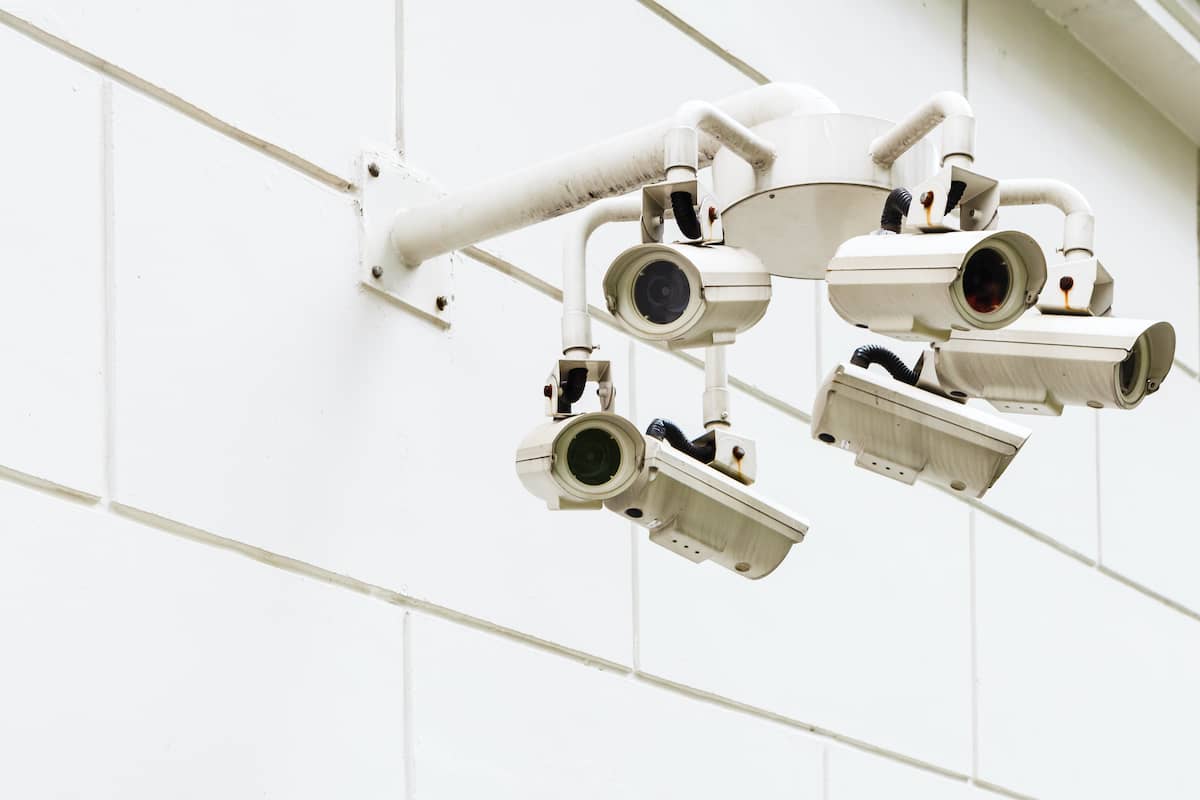
What Are the Benefits of PoE Solutions in Telecommunications?
PoE technology can help organizations achieve the agility they need to remain competitive in today’s economic landscape. The ease of installation and increased flexibility make it possible to scale quickly without unnecessary complexity. Other benefits include:
Efficiency
Hiring a licensed electrician is expensive and often requires weeks of lead time, making adding electrical circuitry a challenge. Network cables do not require bringing in professionals so installations can occur quickly. By transmitting power and data over the same cable, PoE simplifies the installation process and creates a more efficient delivery system.
Flexibility
Office configurations require more flex space. Today’s conference room may be tomorrow’s graphics lab. PoE technology provides the flexibility to install devices without access to an electrical outlet. IoT devices can be installed wherever needed rather than being restricted by electrical availability.
PoE solutions can scale. Adding a PoE component to a network takes minutes, unlike traditional devices, which can take days. Being able to scale gives businesses the agility to pivot quickly. Setting up a last-minute demo in a flex space with existing Ethernet ports means never missing a sales opportunity.
Reliability
If you’re using PoE technology, power disruptions don’t have to mean total power loss. Combining PoE with an uninterruptible power supply (UPS) allows backup power to support PoE-powered devices. Since many of these devices use minimal energy, critical systems such as security and lighting can continue to operate until power is restored.
In areas where power fluctuations occur frequently, PoE combined with UPS can keep operations running smoothly despite power drops. Most PoE devices are controlled from a centralized location, making it easier to disable or reset a device. These devices are designed to protect equipment from changes in voltage or power loss.
Adaptability
PoE helps infrastructures adapt to emerging technologies. PoE technology retains backward compatibility to ensure that new and old solutions coexist without significant changes. Investing in PoE solutions creates a pathway for continuous evolution.
Organizations that deploy PoE solutions can take advantage of data and power transmission innovations. They can embrace the sustainability that PoE technology provides to ensure a competitive advantage and long-term growth. PoE technology offers enhanced flexibility, reliable data and power delivery, as well as simplified installation.
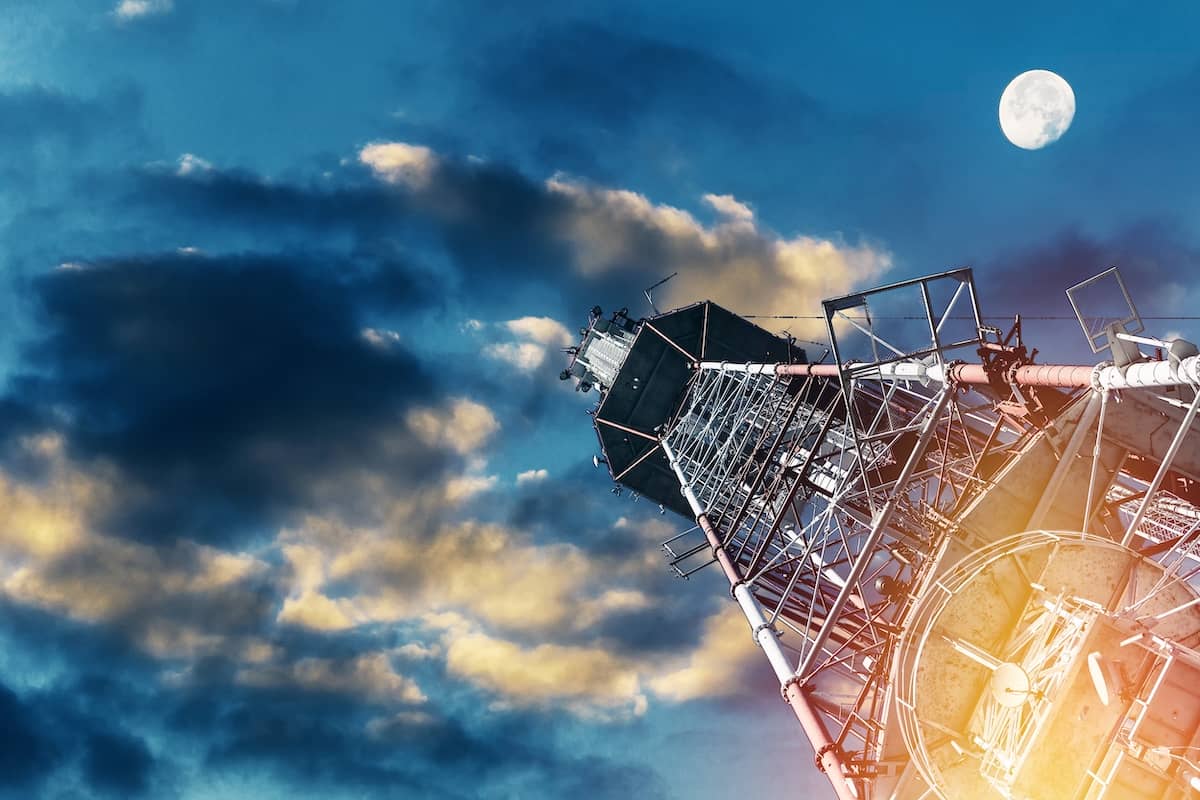
What Challenges Do PoE Solutions Face?
The challenges facing PoE technology also form the basis of future trends. Edge computing, fiber networks, and 5G deployments are future trends in telecommunications. These same trends contribute to the challenges PoE needs to address.
For example, PoE solutions face compatibility issues with legacy systems and emerging fiber-optic networks. Technology must devise ways to maintain backward compatibility while addressing the demand for more powerful devices with faster transmission rates. As carriers expand their fiber networks, PoE must extend its capabilities to encompass new connectivity solutions, such as fiber and 5G.
Standards have not kept pace with market demand. IEEE’s 802.3 Working Group has yet to publish new standards for higher speed transmission rates and increased power support. The lack of a published standard places pressure on manufacturers as their customers demand these capabilities for edge computing initiatives.
Increased power means better power management. PoE solutions need centralized capabilities that enable enhanced control over power distribution through improved monitoring. As more companies adopt 5G infrastructures, PoE must address the reliability limitations based on cable length.
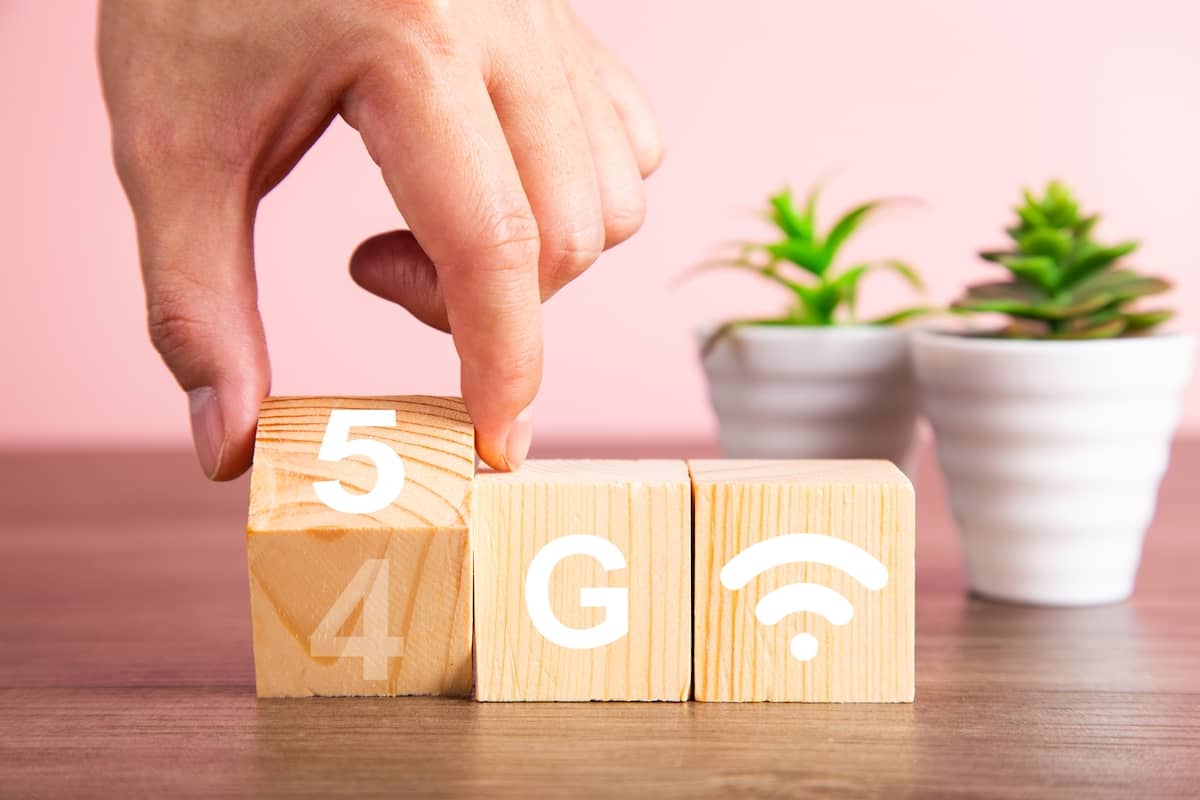
PoE's Role in Telecommunications
As the telecom industry establishes its equilibrium, it must balance changing market dynamics with increased infrastructure costs to maintain an acceptable profit margin. Many companies have opted for bundling as a marketing strategy despite declining profits. Others are willing to carry the cost of 5G expansion until it becomes more mainstream. No matter the strategy, the industry needs cost-effective solutions to drive profitability.
PoE technology provides telecommunications with a cost-effective solution for maximizing existing infrastructures without compromising future development. It can operate as a bridge between old and new networks to deliver seamless connectivity to the end user. The solutions can counterbalance, in part, the added expense of 5G and fiber expansion.
Creating infrastructures for the future requires merging siloed systems such as power and data into a sustainable architecture. PoE has been providing that capability for decades. Although PoE technology can expand the reach of telecommunications, much depends on the industry’s willingness to explore the advantages of merging systems.

- PoE Solutions in Telecommunications
- Why Are PoE Solutions in Telecommunications Important?
- What Components Comprise a PoE Infrastructure?
- How Are PoE Solutions in Telecommunications Deployed?
- What Are the Benefits of PoE Solutions in Telecommunications?
- What Challenges Do PoE Solutions Face?
- PoE’s Role in Telecommunications
